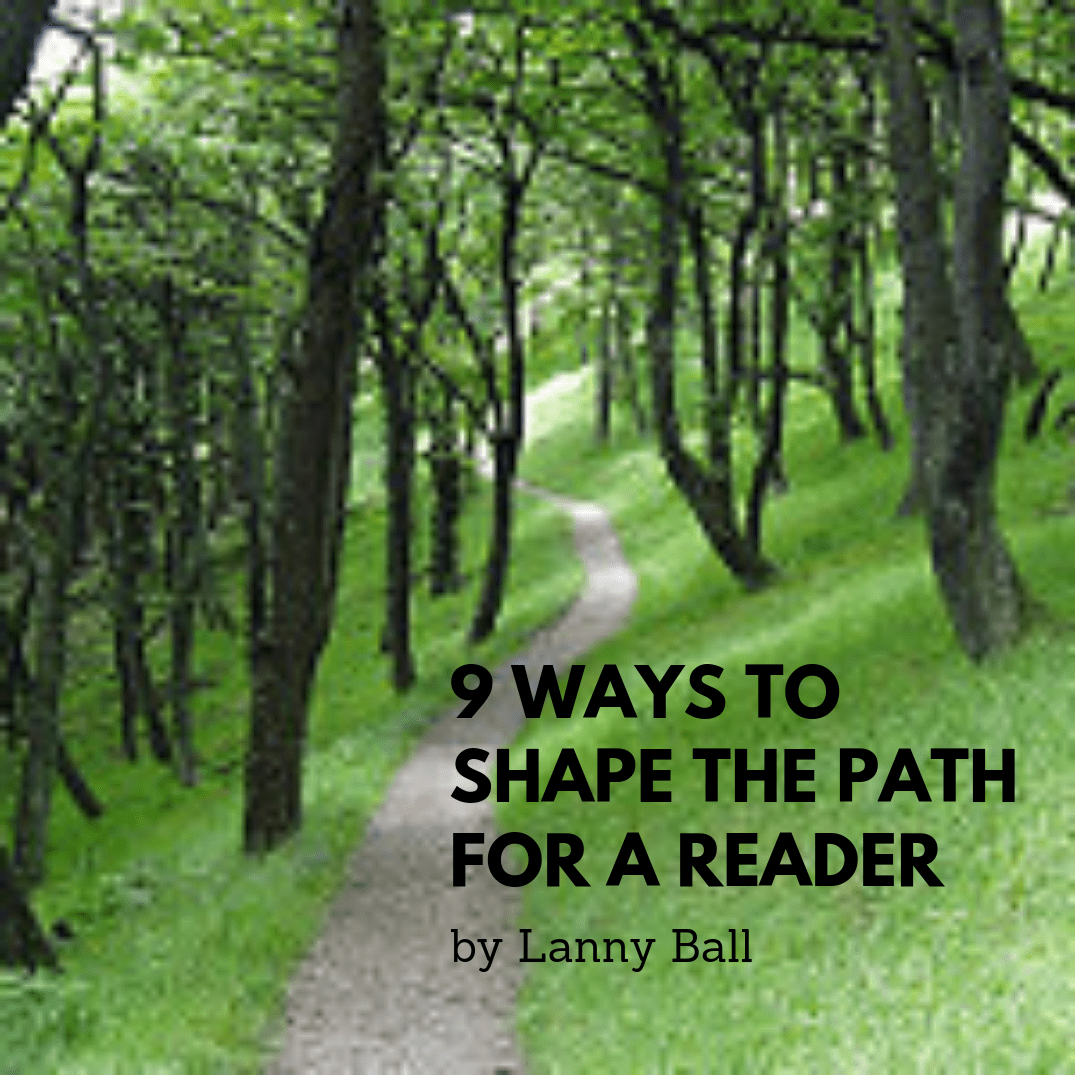When it comes to independent reading for pleasure, trends do not currently reside in our favor. Nowadays, students often find themselves unwittingly or sometimes purposefully falling victim to such narratives as, “I don’t have time to read,” or “I’m just too busy,” or even the dreaded, “Reading is boring.” And with the universe of digital distraction now firmly rooted in adolescent culture, the idea of reading books for pleasure has become an almost foreign notion to many kids. According to the 2010 position statement published by the American Association of School Librarians, “Unfortunately, independent reading is often a casualty in our fast paced, media-oriented society.”
And yet, literacy organizations and researchers continue to tout the value of independent reading. Relatedly, strong reading skills continue to be identified as key to academic success. But remember: skills begin and are strengthened by habits. According to the International Literacy Association (2019), “Research establishes that students with strong reading habits are more likely to reach their full literacy potential” (p. 5).
So as parents or persons of influence in the life of an adolescent, how might we approach the business of supporting strong reading habits? Coining a term from an excellent book on change entitled, Switch (Heath & Heath, 2010), we need to ‘shape the path.’
Ideas for Shaping the Path:
Idea One: Create Positive Reading Memories and Moments
Humans typically base likes and dislikes on the basis of the quality of our experiences. For example, I once had a “bad experience” with wakeboarding, which resulted in a likely permanent disliking for this type of water recreation. And although that experience happened years ago, I still harbor the same aversion to wakeboarding to this day. One way we as adult readers can shape a path toward lifelong pleasure reading is to create positive reading-related moments in our adolescent’s lives. This can be accomplished through special rituals you create around reading, family read alouds, connecting through books, or other ideas listed below. Shaping the path for a reader can sometimes mean creating positive associations with reading– any way we can!
Idea Two: Make the library part of life
First, be sure everyone in the family has a library card. This simple step can by an important one, as it serves as a small move toward a future of literacy. Of course, a library card holds no power unless it gets used. Thus, trips to the library would be the next logical step. Some of these trips might be to find books, in which case be sure to talk with librarians about what books might be right for your adolescent. Librarians never cease to amaze me with their ability to sometimes create something out of nothing. Ask a few questions, then watch them work their magic! Other trips could or might be to attend special events held at the library. Check your local library schedule to see what special events they have scheduled.
For whatever reason, getting to the library regularly is important. Sometimes I hear, “Well, when we go to the library he (or she) checks out books but doesn’t read them.” That is okay! They may not read every book they check out, but the fact that you are forging a relationship with your library can make a difference!
Idea Three: Let nothing stop you from getting books they want into their hands
I have purchased books for my own daughters that they’ve read voraciously. And, I’ll confess here, I have also bought books they never read. Last summer, we visited a wonderfully delightful used bookstore on the Connecticut shore and for just a few dollars, we bought dozens of books (positive reading-related memory, anyone?!). Did the kids read them all? No. But this is a point I truly feel messianic about: if they want books, get them books. Chances are they will read at least some of them. And again, by prioritizing time, money, and effort in this way we send an implicit message that reading matters.
Idea Four: Be a Reader Yourself
This point cannot be stressed enough. Kids need reading mentors and models of readers in their immediate lives. If we merely tell kids that they “need to read because it’s important,” but do not make the time to be readers ourselves, think about the message this sends. Paraphrasing a point once made by authors Donald Graves and Katie Wood Ray, “Either we can be walking, breathing, talking examples of all we advocate for our students, or we can have them sitting around wondering why we are trying to get them into something that we are obviously not into ourselves.” As one of my colleagues in New York City once said, “Kids follow not what you say, they follow what you do.” We must walk the talk of readerly lives.
Idea Five: Share and talk about books with enthusiasm and interest
Whether at the dinner table, in the car, around the house, or on vacation, initiate conversations about books. We can do this by asking our adolescents about their reading: questions like:
- “What can you tell me about what are you reading now?”
- “Wow, that sounds like an interesting read. Tell me about the main character(s)?”
- “Are you enjoying the book? I wonder if there’s another one in the series or like this one you could read next?”
We might also share about the books we are reading, showing how much we are empathizing with the characters, learning to see something in a new way, or loving the style of the author.
Idea Six: Advocate for choice
Mountains of research now support the notion that kids need choice when it comes to reading material. Hopefully, your child attends a school in which his or her voice is honored when it comes to choosing books. But I realize some of you reading this may not be in this optimal situation, so to you I would offer a bit of advice: Is your child being “forced” to read something he or she hates? Since this can be a life or death dilemma in your child’s reading journey, you may wish to speak up. Print out the recent literacy leadership brief published by the esteemed International Literacy Association entitled, “Creating passionate readers through independent reading,” and advocate for choice. The bottom line is that this point is vital to shaping the path for a lifelong reader.
Idea Seven: Support local bookstores
With the ease by which online stores like Amazon have created shopping, I will admit to being a customer (although infrequently). That said, I would argue that a piece of this puzzle is to continue frequenting and patronizing local bookstores. Make this a weekend destination, even if it means just stopping in for something you, um… were “hoping they have in stock” (even if that’s not really the case). What could happen is that your child might just happen to spontaneously browse some beautiful new books, and…well, maybe ask you for one! If the budget doesn’t allow, go to the library to check it out!
Idea Eight: Be open!
Let’s face it, kids nowadays are unlikely to pick up Old Yeller or Sounder and read it. Don’t get me wrong– I read both of those books as a kid (and loved them). But in the last few decades, young adult (YA) fiction has exploded. There are gorgeous graphic novels, brand new historical “Choose Your Own Adventures,” fantasy and dystopian series that unfold over thousands of pages, fractured fairy tales– the list goes on. Using phrases like, “Well, when I was in school we had to read real books” can deliver an unintended implicit message that what your child wants to read isn’t a “real” book. This can turn them off to reading! Instead, be open to their choices and negotiate them with an open mind.
Idea Nine: Dont’ force it
Hopefully you find that at least some of the previous ideas feel doable. I would end this post by reminding all of us that we cannot force something. As the saying goes, “You can catch more flies with honey than with vinegar.” When it comes to shaping the path for a reader, think of the honey as the eight tips above, and the vinegar as the phrase, “You need to read, now get going!”
Shaping the path for a reader is no easy task. But as the saying goes, “Where attention goes, energy flows.” Devoting some energy to creating a reader is time well-spent. After all, their reading lives depend on it!


I just shared this post with our staff, following a faculty meeting about the essentials in shaping readers and writers. Thank you for these helpful tips and important reminders!
LikeLike
Your post reminded me of French writer Daniel Pennac and his book “The Rights of the Reader”. When I was in the US, I never heard of him, but as soon as I arrived in Spain, one of my Spanish colleague librarian suggested me to put the rights in the library. I thought that it was a bold and brilliant move, since the school had a mandatory reading list for every single grade, and the very first Pennac’s right of the reader was “the right not to read”.
LikeLiked by 1 person
I love your ideas! This is exactly what my sister-in-law did w the kids and they all grew up to be voracious readers! I wish more parents would support this. It would make our job i. Rhe classroom so much easier!
LikeLiked by 1 person